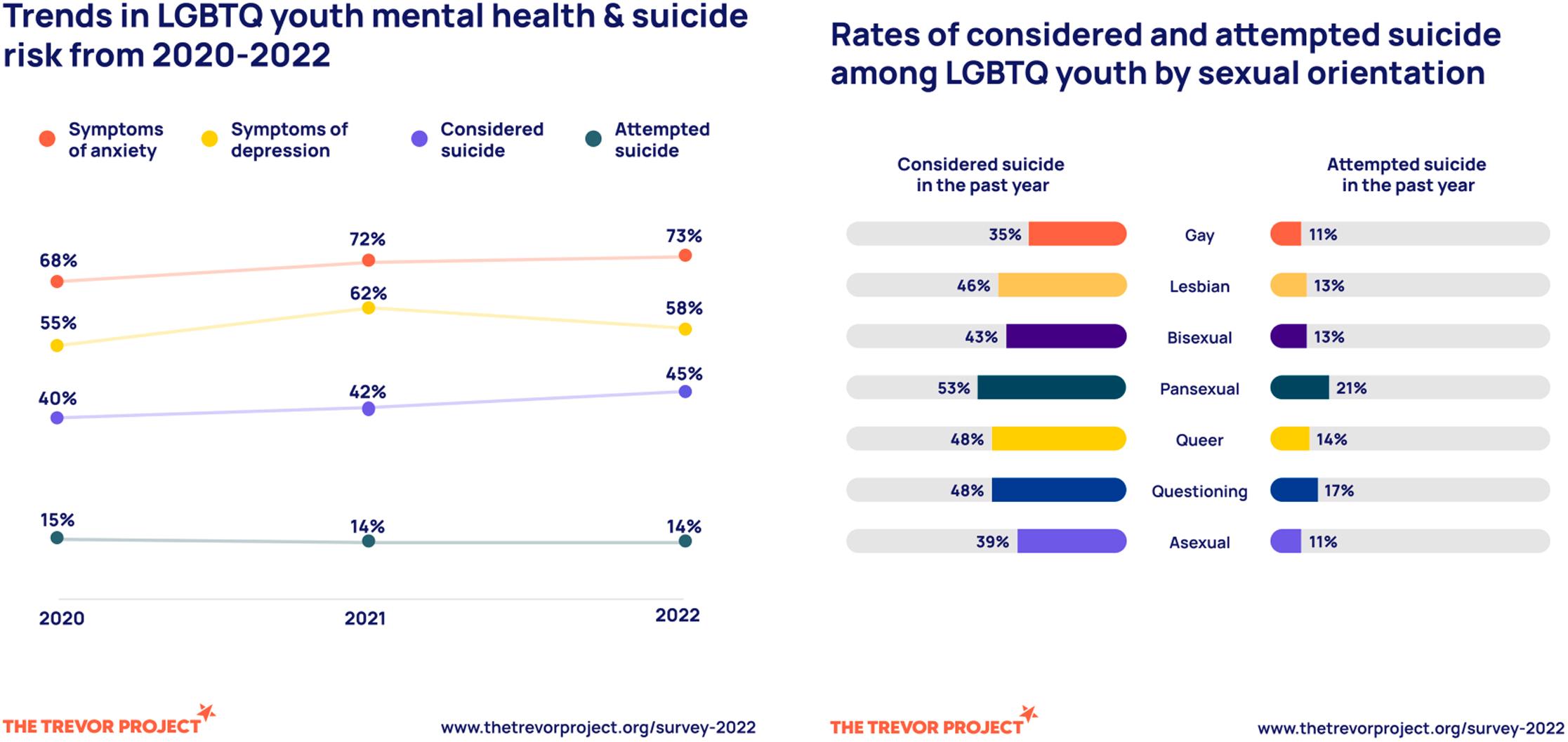Physical Address
304 North Cardinal St.
Dorchester Center, MA 02124
Before a practitioner can begin work with a Transgender Athlete, it is important to be comfortable with a vernacular that is applicable to all individuals, but often exclusively associated with members of the LGBTQ+ community. In modern society, terms like Gender, Sex, Identities, Pronouns, and Sexual Orientation , are often viewed through rainbow-colored glasses, despite the universality of these domains.
Although these topics apply to all persons, they are especially important in establishing trust and building the Doctor-Patient Relationship with members of the LGBTQ+ community. In this chapter, we will be defining terms that will better allow you to serve your patients and larger social communities.
It is imperative to understand not only know how to use the appropriate language when working with your LGBTQ+ patients, but to also understand why . In the United States, the LGBTQ+ Rights is a prominent conversation in political discourse. Regardless of stance of these topics, the implications for the very real individuals they target are far grander than a conversation about bathrooms. According to the 2022 data collected by GLAAD:
85% of transgender and nonbinary youth, as well as 66% of all LGBTQ+ youth, reported that political discourse of Transgender rights have negatively impacted their mental health.
52% of trans and nonbinary youth considered suicide, with a one in five attempting.
36% of LBGTQ youth reported physical threats or harm due to their sexual orientation or gender identity.

Furthermore, the 2022 National Survey on LGBTQ Youth Mental Health shows clear links between LBGTQ+ identities and mental health risks. The negative mental health outcomes disproportionately affect LGBTQ+ youth when compared to their cisgendered, heterosexual counterparts. Therefore, the need for inclusive language and understanding different patient demographics is not merely about individual preferences and respect—it is about saving lives.
Individuals who identify as transgender or gender diverse report high levels of discrimination when using public transportation, shopping, dining and accessing healthcare. The fear of discrimination may lead an individual to delay or avoid seeking medical care. As medical professionals, it is our duty to educate ourselves to better serve all vulnerable populations if we truly want to make a difference in patient outcomes.
Become a Clinical Tree membership for Full access and enjoy Unlimited articles
If you are a member. Log in here